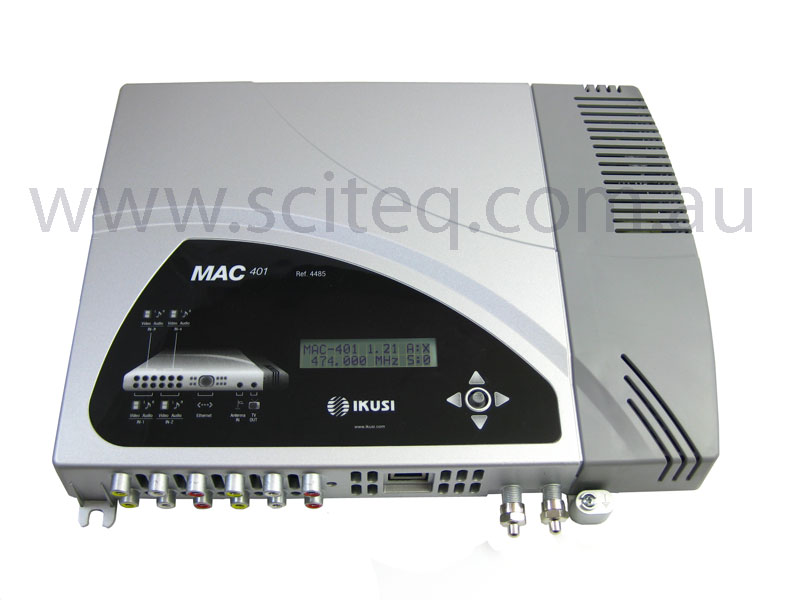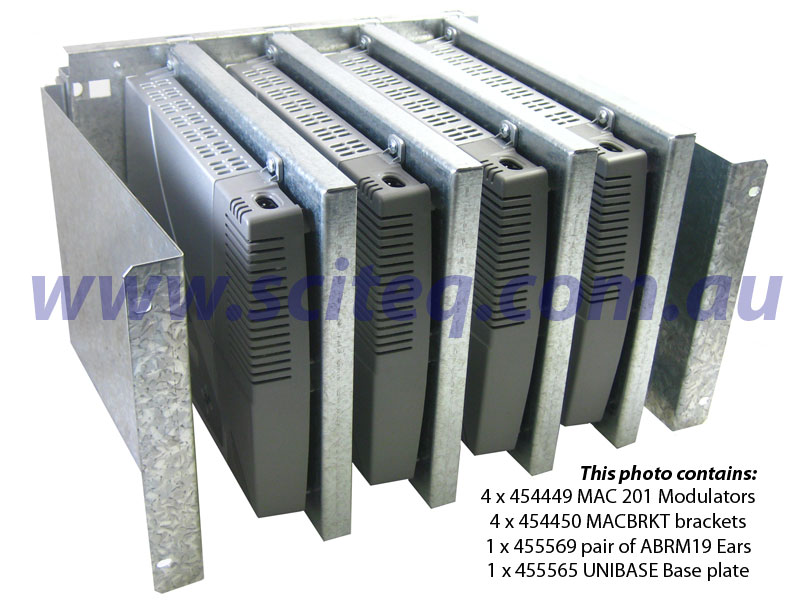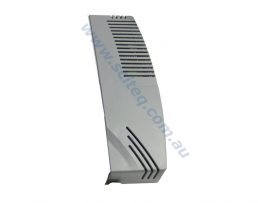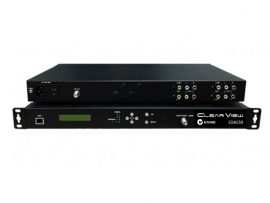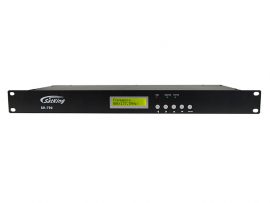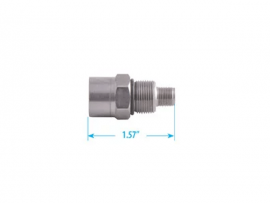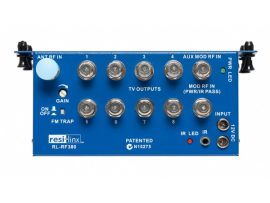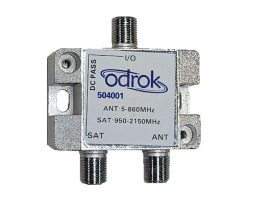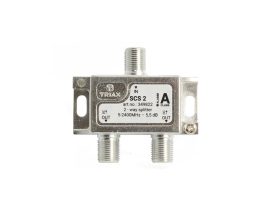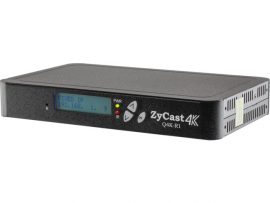Description
Ikusi MAC-401 4 Channel Digital COFDM Modulator
The Ikusi MAC-401 4 Channel Digital COFDM Modulator allows 4 SD video sources to be converted to COFDM for distribution and viewing on digital TV’s
Features
4 Video and stereo audio inputs
RF COFDM DVB-T output
Excellent modulation quality MER: 38dB
Processing and insertion of PSI/SI tables
LCN Support
Remote control and firmware updates via web/ethernet
Rack Mountable using MACBRKT our stock number 455570 and ABRM19 Sides our stock number 455569
Specifications
Input
Video Inputs: 4 x CVBS SD
Video input level 0.7-1.4V(pp)
Coding: PAL/NTSC/SECAM
Impedance: 75Ohms
Audio Input Level: 0.5-4.0Vpp
Connections: RCA
Processing
Video Compression: MPEG2 MP@ML
Maximum Resolution: PAL 720×576@25fps
Quality: DVD Full D1
Audio compression: MPEG1 Layer2
Insertion of PSI/SI Tables: PAT, PMT, SDT,NIT,TDT,TOT,EIT
LCN Processing: Yes
Output
DVB-T Standard: ETSI EN 300 744
Carriers: 2k, 8k
Modulation: 16QAM, 64QAM
Guard Intervals: 1/4, 1/8, 1/16, 1/32
Code Rate: 1/2, 2/3, 3/4, 5/6, 7/8
Frequency: 51-858MHz
Bandwidths: 6,7,8MHz
Average output power: 80dBuV
Output Attenuation: 1dB
Level adjustment: -15dB
MER: 38dB (typical)
Band aliasing: <50dB
Band noise: Frequency Stability: <±30ppm
Frequency Pitch: 1kHz
Connections: 2 x F Type (loop)
Impedance: 75Ohms
General
Power Supply: 230-240VAC
Consumption: 0.45A/30W
Operating Temperature: 0-+45°C
Dimentions (without connection) 302x251x44mm
Weight: 2.5kgs
Interface
Standard: Ethernet 10Base-T
Local interface: LCD+joystick
Remote interface / updates: Web/ethernet
Languages: English, Spanish & French.
What’s the difference between MPEG2 and MPEG4?
DVB-T (Digital Video Broadcasting – Terrestrial) is a standard for transmitting digital television signals over terrestrial (over-the-air) broadcast networks. MPEG-2 and MPEG-4 are video compression standards used in DVB-T to encode the video content.
- DVB-T MPEG-2: DVB-T MPEG-2 refers to the use of the MPEG-2 video compression standard within the DVB-T system. MPEG-2 is an older compression standard that was widely used for digital television broadcasting before the introduction of MPEG-4. It offers moderate compression efficiency, which means it requires more bandwidth to transmit video compared to MPEG-4 for the same quality. MPEG-2 provides good video quality, especially for standard definition (SD) content, and it is still compatible with many older television sets and receivers.
- DVB-T MPEG-4: DVB-T MPEG-4, on the other hand, uses the more advanced MPEG-4 video compression standard. MPEG-4 offers better compression efficiency, allowing broadcasters to transmit higher quality video using less bandwidth compared to MPEG-2. This is especially beneficial for high-definition (HD) and other bandwidth-intensive content. MPEG-4 can deliver superior video quality with the same amount of data or equivalent video quality with less data compared to MPEG-2. However, MPEG-4 requires more processing power for encoding and decoding, which means older television sets or receivers may not support MPEG-4 without a compatible decoder.
In summary, the main difference between DVB-T MPEG-2 and DVB-T MPEG-4 lies in the video compression standard used. MPEG-2 is an older standard with moderate compression efficiency but good compatibility with older devices, while MPEG-4 is a more advanced standard offering better compression efficiency for higher quality video but requiring more processing power and compatibility considerations.
How can I tell if my TV is MPEG2 or MPEG4?
Early digital TVs sold in Australia had MPEG2 DVB-T Tuners. Later models have progressed to MPEG4. Any MPEG4 TV will work with MPEG2 signals. However MPEG2 TVs will not work with MPEG4 signals including those from MPEG4 modulators.
It is often difficult to see from the TV’s specifications if the hardware is MPEG2 or MPEG4. The easiest way is to test the TV with a normal broadcast antenna signal. New HD Channels such as Channel 70 (7HD) or Channel 31 (SBS Viceland HD) are broadcast in MPEG4. If your TV produces a black picture or an error message such as FORMAT NOT SUPPORTED, then this TV is MPEG2 only.
To correct a MPEG2 only TV, a new DVBT Set Top Box can be used to tune the RF signal and convert it to a HDMI input on the TV.

